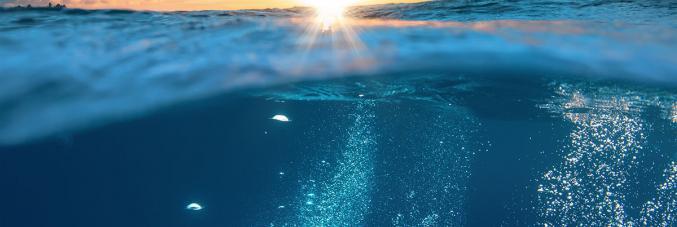
University of Padua co-author of an important discovery on the relationship between clayey materials and earthquake
03.05.2021
The clayey materials of the faults present in the subduction areas, that is, where a tectonic plate slides under another plate, retain a "water buffer" inside them. This means that they favor earthquakes potentially capable of causing tsunamis. This is the result of the study "Fluid pressurization and earthquake propagation in the Hikurangi subduction zone" conducted thanks to the collaboration between the Italian Istituto Nazionale di Geofisica e Vulcanologia, the Universities of Pisa and Padua, and the University College London, on some samples from the Hikurangi area in New Zealand. The work was published in Nature Communications.
To study the behavior of these clays coming from the fault, the researchers conducted experiments on the samples collected during the international drilling mission "Integrated Ocean Drilling Program 375" carried out in 2018 off the North Island of New Zealand, attended by Professor Francesca Meneghini of the University of Pisa, second author of the published work. In detail the samples of the rocks present inside the fault have been pulverized.
The powders have been tested in the High Pressure and High Temperature (HP-HT) Laboratory of the INGV through a sophisticated apparatus, SHIVA (Slow to High Velocity Apparatus), funded by the European Research Council on a project by Giulio Di Toro, University of Padua and co-author of this study, and reproduces the "engine" of earthquakes (the fault) allowing to observe what happens to the interior of the earth's crust, with the deformations that the rock undergoes under high pressures. Inside SHIVA, the powders have been analyzed using a new method to retain the water inside them while they are deformed at the typical speeds of earthquakes". Through the control tests conducted on a material whose characteristics are known, a Carrara marble powder, the researchers came to the conclusion that these clays favor the seismic slip of the fault precisely because of their ability to retain water, a characteristic that makes them 'weak'. “When I decided to participate in the oceanographic expedition, says Francesca Meneghini, "I immediately contacted my colleagues from INGV and the University of Padua, with whom I have been collaborating for years. I was sure it was a unique opportunity to test the new experimental technique developed at the Institute and make a further contribution to our knowledge of seismic phenomena”.



